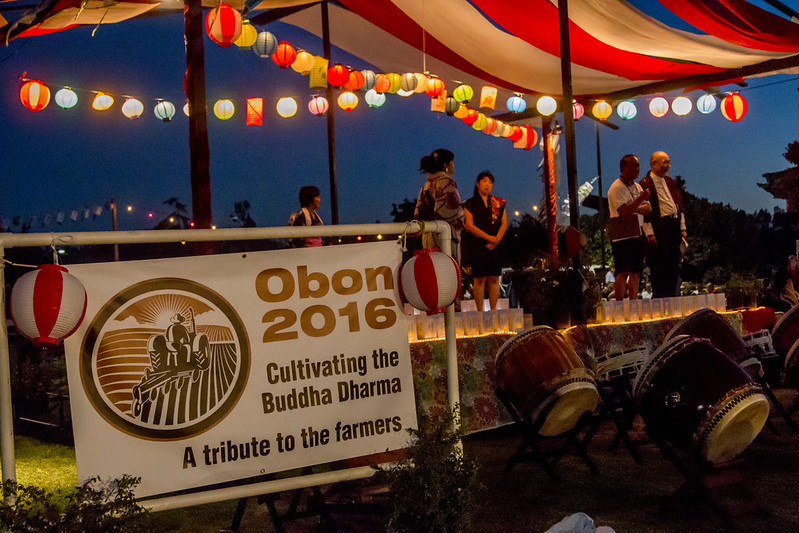On Saturday night, I attended the Fresno Obon Festival 2016 in Fresno, California.
It was an interesting drive to Fresno, as traffic was at a standstill as police and highway patrol were everywhere monitoring the large crowds of anti-police brutality rallies where people were nearly spilling out towards the freeway and police trying to make sure they don’t hurt themselves.
But I made it just in time and I enjoyed the festival night as it wasn’t too hot as a nice breeze came to the city later in the evening.
For so many years, I have attended the Fresno Obon Festival and I have to say that I am proud of the organizers for continuing the tradition of having the event in Fresno.
And before those living in major cities start questioning “they have an Obon Festival in Fresno?”, the answer is yes…they do!
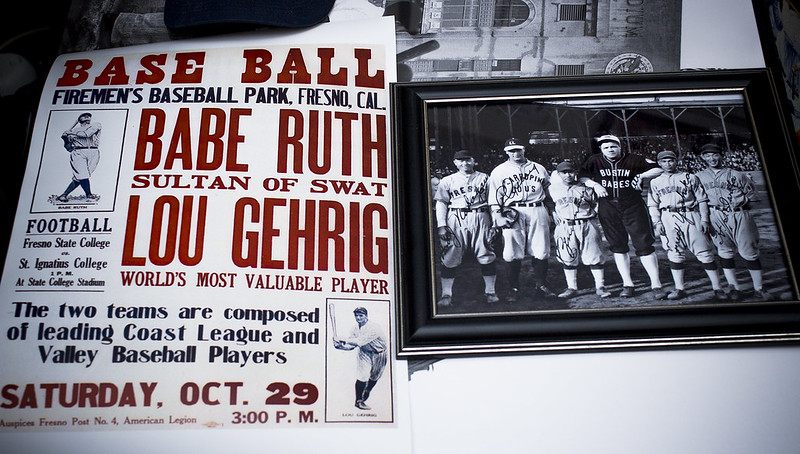

Portrait of Fresno Buddhist Church congregation on the occasion of the enshrinement of Naijin or Amida Buddha statue and the elevation of church’s rank to Betsuin on Hanamatsuri in Fresno, California, March 13-15, 1937. Source

The Buddhist Temple Hostel located at 1340 Kern Street, Fresno, California, (the original location) has just been opened for occupancy for those who desire temporary housing upon their arrival in the Fresno district. The Methodist Church Hostel has been in operation for approximately two months under the direction of Rev. and Mrs. Hideo Hashimoto. Shown in this picture are those in charge of the Fresno Buddhist Temple Hostel. They are left to right: Mr. Gunichi Takata, manager, Mrs. Fujinaga, Rev. K. Fujinaga and daughter, Karen Satomi, and Mr. S. G. Sakamoto, director. All returned to Fresno from the Gila River Relocation Center except Mr. Sakamoto who returned from Colorado River Center. While in the Center, Mrs. Fujinaga was the only woman Council representative at Gila River; Mr. Sakamoto was the Chairman of the Community Council of Unit II, Poston, Arizona. There is a nominal charge for room and board at the hostel. — Photographer: Iwasaki, Hikaru — Fresno, California. 6/26/45 Contributing Institution: UC Berkeley, Bancroft Library
One has to remember that before World War II, Fresno had a huge Japanese population. They had a Nissei Baseball League and Babe Ruth and Lou Gehrig came to Fresno back in 1927 to play ball with the valley’s top baseball players, including some notable Japanese athletes.
In fact, the first Japanese to the valley arrived as early as the 1890’s to begin farming at a Muscat grape vineyard when ranchers were actively recruiting Japanese workers from Sacramento and Stockton, and by 1897, there were 3,000 Japanese grape pickers working on ranches in the valley (a few of my friends who are Japanese living in the Central Valley, their parents had their own vineyard or maintained vineyards).
Because of the large population, Japanese businesses were setup for the migrant laborers and Fresno’s Nihonmachi was established on Kern and G Street.
By 1910, the Japanese population in Fresno County was 2,233 people and by 1920, there were 5,732 residents with 187 businesses.
But in the 1940’s, 100,000+ Japanese-Americans were sent to internment camps and many Japanese were forced to leave their homes, careers, farms and businesses.
While many families moved to other areas in California or outside of the state, Fresno still maintained a good population and it still has the Fresno Fish Market, while the first Yaohan that was created back in 1979 in Fresno didn’t have the same longevity compared to its bigger city counterparts.

But since I have been attending, the Fresno Obon Festival, the event has always been special for me because it was the event that brought me and my friends from college together. And even for a few years after I graduated, it brought all of us together.
As life goes, we all graduated, moved and even when I was living in the Bay Area or Southern California, I would still try to make it to the Obon Festival to see friends or make new friends.
And since then, I have went from a guy who usually dances to the guy who takes photos and for me, I just enjoy capturing the enjoyable moments of the events. Taking photos of families and seeing the event continue, especially with the next generation of families and those who joined the church.
I have seen the event during it’s major growth of the ’90s and early 2000’s, but as I talk to those who have been attending the Obon Festival before the war, I am always told of the stories of how it was much larger then but also wondering if it will continue to thrive with the next generation. And so far, from what I have seen, I am proud to see the next generation and the future generation continuing where their relatives and friends have started. They are definitely doing their best.
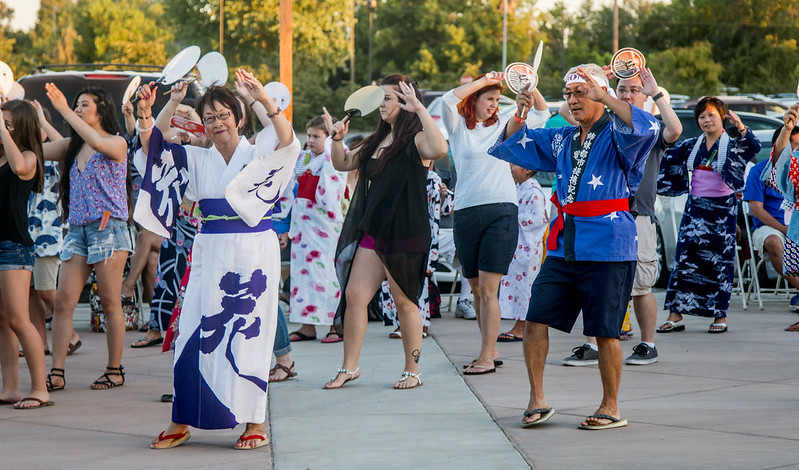


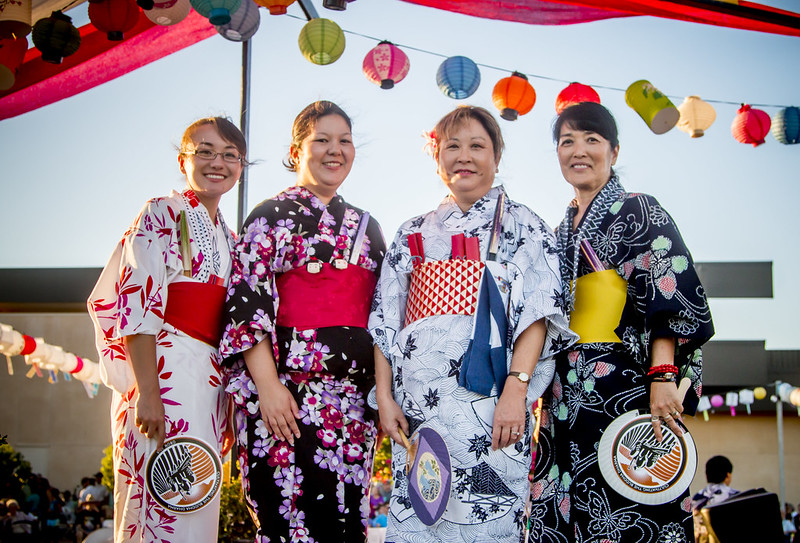


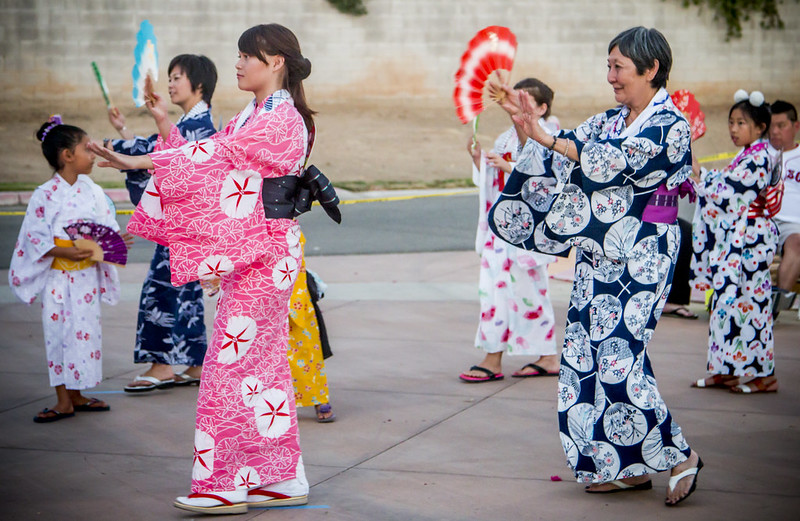

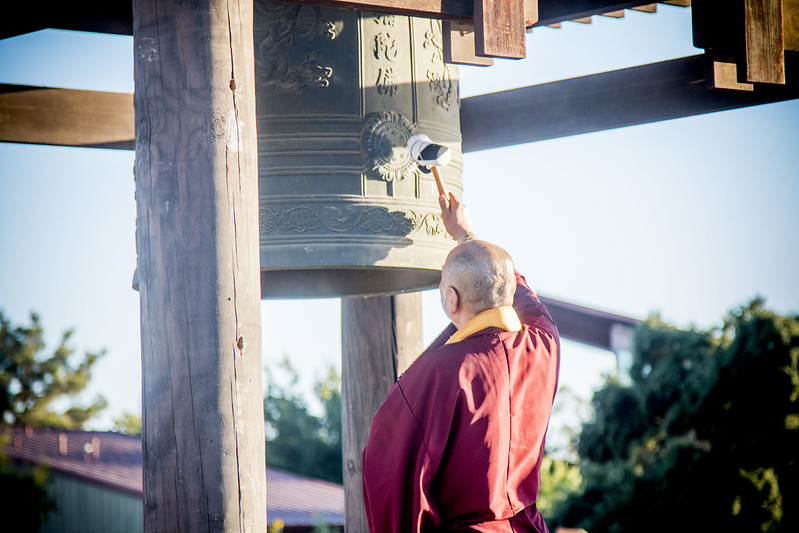
And for me, because going to the Fresno Obon Festival is a big part of my life, I always try to show my support. May it be taking photos/video or just attending, just letting people know how you appreciate them running the event and how proud you are of them for doing it year after year.
This is not just limited to Fresno but also the other smaller Obon festivals in the valley, to even the bigger ones around the state. These volunteers really do a wonderful job of putting these events together and it’s not always easy, but they still do their best.
And for 2016, it was no exception as the Fresno Obon Festival 2016 had a good turnout and as always, I had an enjoyable evening and I’m looking forward to the event again in 2017.
For more of my photos from the Fresno Obon Festival 2016, please click here.

